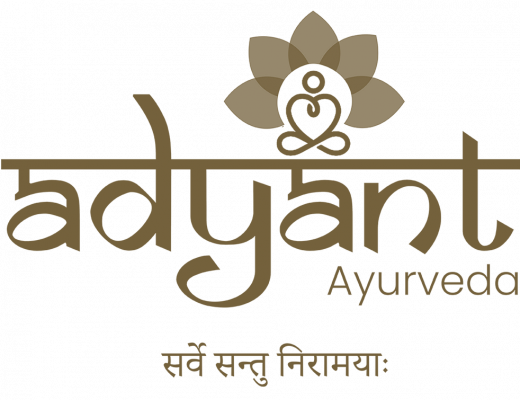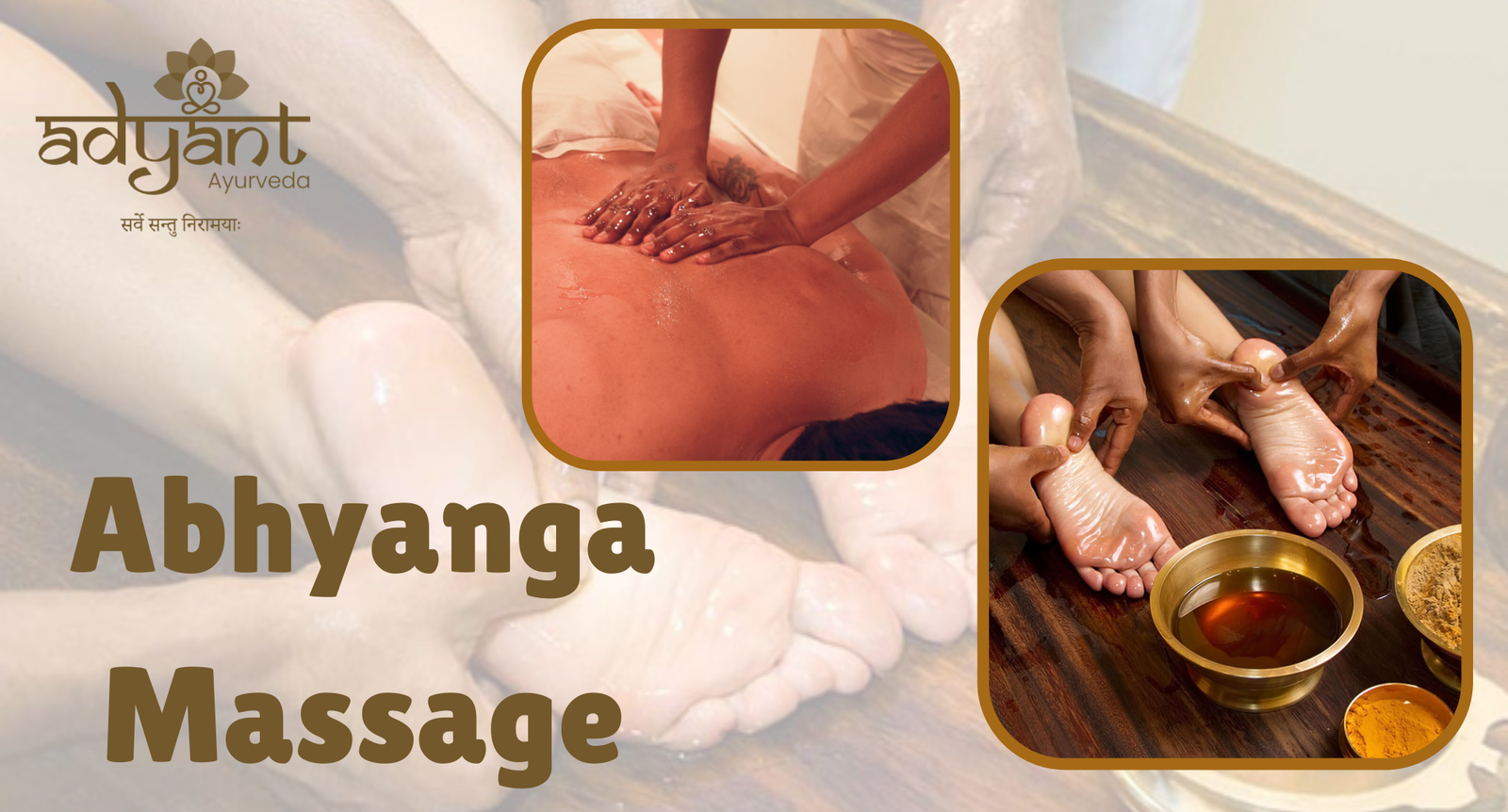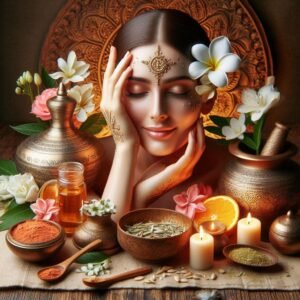Table of Contents
ToggleLooking for an Abhyanga massage near me or the best Abhyanga massage in Bangalore? At Adyant Ayurveda, we offer authentic Ayurvedic oil massage therapy using medicated herbal oils tailored to your body type (Prakriti). Whether you’re seeking pain relief, deep relaxation, or Ayurvedic detox, our Abhyanga therapy in Bangalore provides a deeply rejuvenating experience under the supervision of expert Ayurvedic doctors.
🌱 What is Abhyanga Massage?
Abhyanga is a traditional full-body Ayurvedic massage involving the application of warm, medicated herbal oils using long, rhythmic strokes. It enhances circulation, nourishes tissues, reduces stress, and expels toxins from the body. Practiced as a daily self-care ritual in Ayurveda, professional Abhyanga is also part of Panchakarma therapies for therapeutic detox and healing.
At Adyant Ayurveda, we provide authentic Abhyanga massage in Bangalore, customized for your dosha and health condition.
✨ Benefits of Abhyanga Massage
✅ Detoxifies the body and improves lymphatic drainage
✅ Alleviates joint and muscle stiffness
✅ Boosts skin health and glow
✅ Reduces anxiety, stress, and fatigue
✅ Induces deep, restful sleep
✅ Stimulates digestion and metabolism
✅ Improves circulation and nervous function
✅ Balances Vata, Pitta, and Kapha doshas
✅ Promotes longevity and vitality
✅ Prevents early aging
💧 Abhyanga Massage Procedure (Step-by-Step)
Dosha & health assessment by an Ayurvedic doctor
Warming of dosha-specific oils (e.g., Dhanwantharam Taila, Chandanadi Taila)
Full-body massage with synchronized strokes
Focus on Marma points (vital energy points)
Rest phase post-massage for deeper oil absorption
Herbal steam therapy (optional for detox)
Warm herbal bath using natural cleansing powders
We follow this complete procedure across all branches in Jayanagar, Indiranagar, Kalyan Nagar, and Rajarajeshwari Nagar.
⚠️ Side Effects of Abhyanga Massage (When to Avoid)
❌ During fever, cold, or flu
❌ Immediately after food or exercise
❌ In case of open wounds or rashes
❌ During active infections or high blood pressure
❌ Not advised during menstruation or pregnancy (unless approved by a doctor)
Always consult a certified Ayurvedic doctor in Bangalore before undergoing Abhyanga if you have any medical conditions.
💆♀️ Post-Massage Care of Abhyanga
🚿 Take a warm water bath (avoid soap)
🧘♀️ Rest for 30–60 minutes after the massage
🍲 Eat light, warm, and sattvic meals
☀️ Avoid exposure to cold wind or air conditioning
🌸 Stay hydrated and avoid caffeine
🌟 Tips for Optimal Results from Abhyanga Massage
🔹 Schedule it weekly or as part of Panchakarma therapy
🔹 Perform self-Abhyanga daily using warm sesame oil
🔹 Combine with Nasya, Basti, or Shirodhara for best effects
🔹 Get a seasonal detox with Virechana and Abhyanga
🔹 Choose authentic centers for Ayurvedic oil massage near me
🔹 Avoid cold drinks or heavy meals post-massage
🧴 Medicated Oils Used in Abhyanga (Based on Dosha)
| Dosha Type | Recommended Oils | Properties |
|---|---|---|
| Vata | Dhanwantharam Taila, Bala Taila | Grounding, warming, nourishing |
| Pitta | Chandanadi Taila, Brahmi Taila | Cooling, soothing, anti-inflammatory |
| Kapha | Triphala oil, Mustard oil | Stimulating, detoxifying, energizing |
💰 Abhyanga Massage Cost at Adyant Ayurveda Bangalore
The cost of an Abhyanga massage at Adyant Ayurveda is ₹1,600 per session. This includes:
Personalized dosha analysis
Medicated herbal oils
Full body massage
Steam therapy (optional)
Herbal bath
Therapy is available at all 4 Bangalore branches: Jayanagar, Indiranagar, Kalyan Nagar, and Rajarajeshwari Nagar.
🧘♂️ Real Experiences: What Our Clients Say
“I searched for Abhyanga massage near me and found Adyant Ayurveda. The full-body massage with steam left me feeling light, pain-free, and deeply relaxed.”
– Akhila S., Indiranagar
“Best Abhyanga massage in Bangalore! The doctor recommended Bala Taila for my joint pain and within 3 sessions, I felt a huge difference.”
– Karthik R., Jayanagar
📍 Why Choose Adyant Ayurveda for Abhyanga Massage?
✅ 24+ Years of Ayurvedic Expertise
✅ Experienced Ayurvedic doctors & certified therapists
✅ Personalized dosha-based oils
✅ Clean, serene, and traditional treatment rooms
✅ 4 Centers across Bangalore: Jayanagar, Indiranagar, Kalyan Nagar, Rajarajeshwari Nagar
✅ Affordable pricing & treatment packages
✅ Rated among the Best Abhyanga Massage Centres in Bangalore
📞 Call Now: 9972541009
📱 Book via AyurCare App – Available on Google Play
🌈 Final Thought
Abhyanga massage is more than just a therapy—it’s an Ayurvedic lifestyle practice that detoxifies the body, rejuvenates the mind, and aligns the soul. If you’re searching for the best Abhyanga massage in Bangalore, book your appointment with Adyant Ayurveda and experience the healing power of tradition.
 FAQs – Abhyanga Massage in Bangalore
FAQs – Abhyanga Massage in Bangalore
Q1. What is the cost of Abhyanga massage in Bangalore?
At Adyant Ayurveda, it is ₹1,600 per session, including oil massage, rest, and steam.
Q2. How long does one session of Abhyanga take?
Typically, 45–60 minutes, followed by steam and a warm bath.
Q3. Can I get Abhyanga massage daily?
Yes, especially during Panchakarma or for chronic conditions. For general wellness, 1–2 sessions per week are ideal.
Q4. Is Abhyanga massage safe during pregnancy?
Yes, under guidance. Certain oils and strokes are adapted based on trimester and condition.
Q5. How can I find the best Abhyanga massage near me in Bangalore?
Search for “Abhyanga massage near me” or visit Adyant Ayurveda, one of the most trusted Ayurvedic centers in Bangalore.






